The Products of Pollination – Zucchinis & Honey
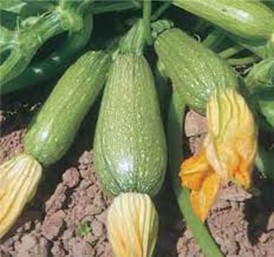
Zucchinis are one of my favourite summer veggies and it’s so exciting seeing them growing around the farm and packed in veg boxes.
Our former farm manager Cal described zucchini harvesting, which takes place a few times each week in summer, as a particularly rewarding job. “It’s a bit like a treasure hunt, with the fresh green fruits revealing themselves one by one as you forage through the bush leaves”.
Although we classify zucchinis as vegetables, they are actually the fruit of the zucchini plant. And before any fruit can grow, a flower must first be pollinated. So it’s probably no surprise that our zucchini harvest became noticeably bigger when we introduced beehives to our farm a number of years back.
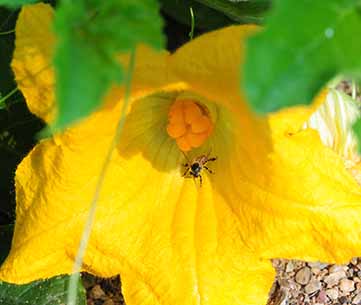 Honeybees are master pollinators. When they move from flower to flower collecting nectar and pollen, they leave pollen behind, fertilising the flower and triggering the production of fruit. Of course, the bees then take the pollen and nectar back to the hive and use it to make honey. You can purchase honey from the Green Connect Farm as an add-on to your veg box too! The production of fruiting vegetables and other fruits really is a win-win!
Honeybees are master pollinators. When they move from flower to flower collecting nectar and pollen, they leave pollen behind, fertilising the flower and triggering the production of fruit. Of course, the bees then take the pollen and nectar back to the hive and use it to make honey. You can purchase honey from the Green Connect Farm as an add-on to your veg box too! The production of fruiting vegetables and other fruits really is a win-win!
Zucchinis, both the grey and green varieties that we grow on the farm, are at their sweetest and most tender when they are small and young. They can be grilled on their own and make a fantastic addition to a stir-fry, pasta, quiche, or slice. Bigger zucchinis can be sliced open and filled with a delicious filler then roasted in the oven.
Enjoy!
Lindsay Burlton
Fair Food Coordinator
In your box:

Note: We sometimes need to make changes to what we pack in your veg box based on the quantity or quality of produce that we can harvest and source. If you have any questions about what is in your box, don’t hesitate to contact us at [email protected].
Did you know?
Amaranth is normally grown in Africa, Asia, and the Caribbean (where it’s referred to as “callaloo”). The leaves are a great source of iron, vitamin E and magnesium. Amaranth leaves are very versatile and can be eaten raw in a salad, added to a stir fry, soup, or a simmered dish like curry. Try sauteing them with some garlic or cooking them with onion, tomato and coconut milk!


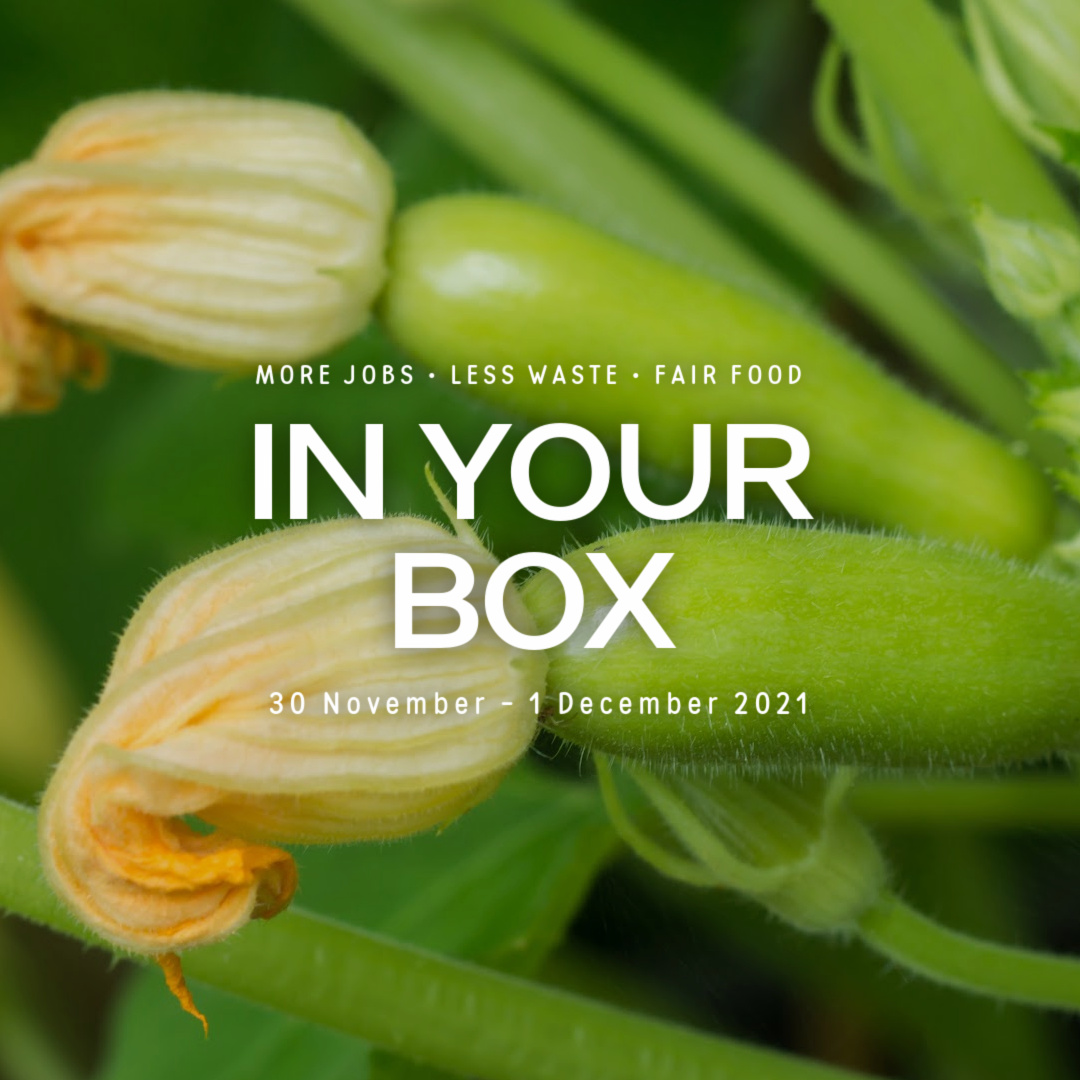
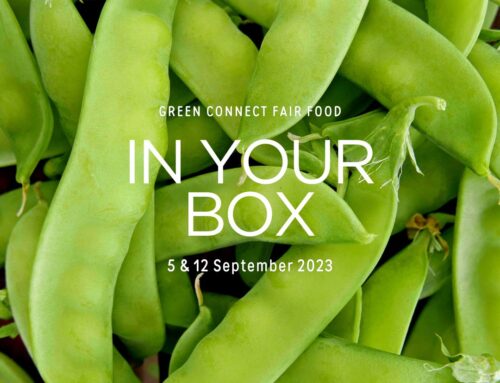

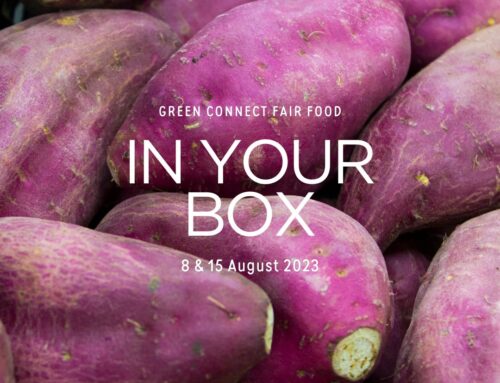
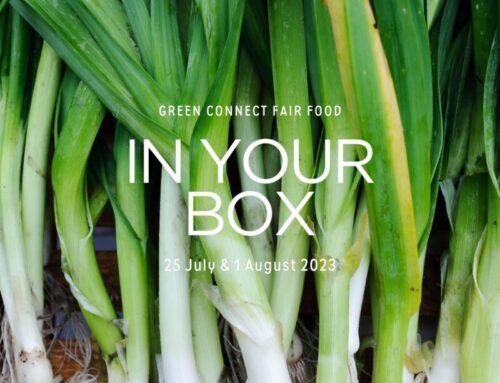
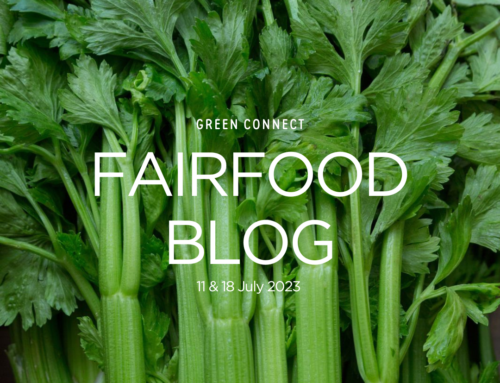
Leave A Comment
You must be logged in to post a comment.